If you own a garden, you are likely already aware of the myriad benefits associated with growing your own food. Homegrown veggies can be grown without pesticides, herbicides, or other chemicals, giving you complete control over what you put in your body.
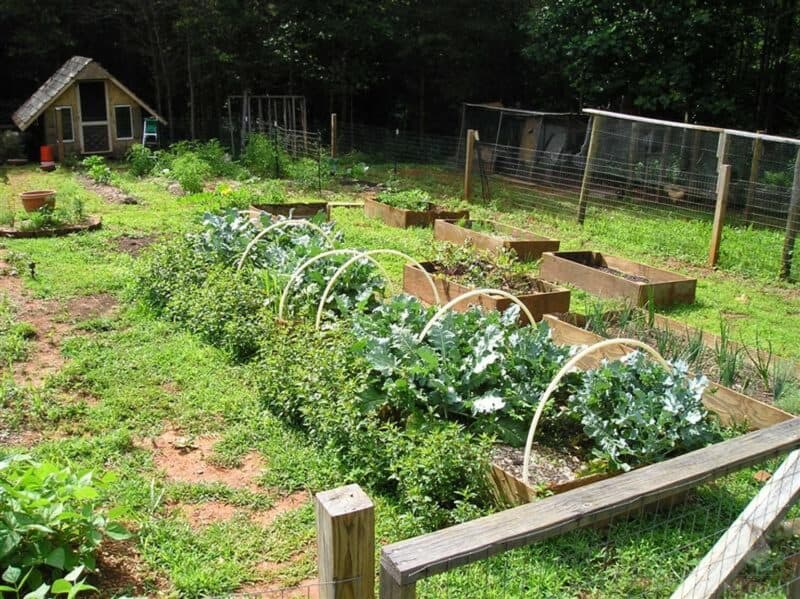
Even better, homegrown veggies give you the financial flexibility necessary to can, freeze, dehydrate, and store extra produce, as you can have a bumper crop of any vegetable given the right growing conditions.
While all homegrown crops present health benefits, there are several that tend to be higher in antioxidants, vitamins, minerals, and other goodies that can boost your immune functioning, and overall well-being.
While the workload might be slightly higher in growing an organic garden, don’t let that deter you!
A homegrown garden, especially one grown without the aid of chemical fertilizers, herbicides, or pesticides, produces vegetables that are much healthier for you and don’t have to be cleaned quite as thoroughly as store-bought produce – because they don’t contain toxic substances, of course!
What is a Superfood?
A superfood is a term that has been thrown around quite a bit in the last few years. Although it doesn’t have any specific medical or legal definition, a superfood is simply one that contains a ton of polyphenols, antioxidants, minerals, and vitamins – especially when compared to its calorie count.
These nutritional powerhouses can make you feel – and look – a lot better, and most of them are easy to grow on your homestead. You can even grow most of these in containers on your deck if you’re pressed for space!
Consider growing one of these top twenty superfoods in your garden this year…
1. Kale

Kale is one of the most infamous superfoods, rapidly growing in recognition for its hundreds of health benefits. This vegetable can be grown from seed or as a started seedling in practically any growing zone.
This dense, crinkly veggie can be harvested as a sweet, tender green in the spring, as well as throughout the summer. It can even be grown in the late fall and throughout the winter, if you have a cold frame or similar cold-weather growing structure.
With nearly three grams of protein and equal parts of fiber, as well as dozens of vitamins and nutrients, this plant is a must-have item in any backyard garden.
2. Jerusalem Artichokes
Also known as sun roots or sunchokes, this sunflower-related plant produces edible tubers similar in appearance to knobby potatoes. They taste like artichokes but have the texture of a crunchy potato, offering up health benefits such as high quantities of potassium, magnesium, iron, and vitamin B.
3. Garlic
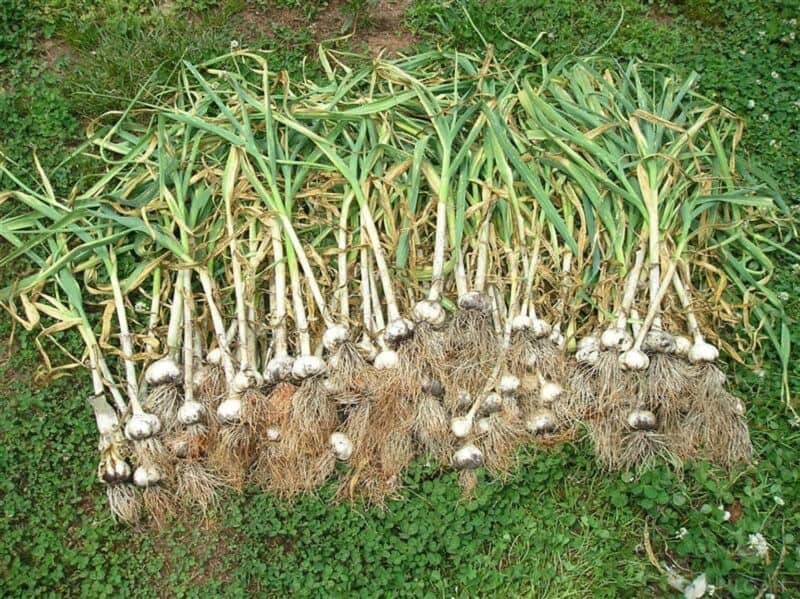
Garlic is a fragrant seasoning with which you are likely already familiar. Garlic is great for fighting colds and boosting the immune system, and is packed with necessary antioxidant, antibiotic, antifungal, and antimicrobial properties.
Grown as a root, garlic can be grown and harvested throughout the year in just about any location.
4. Cabbage
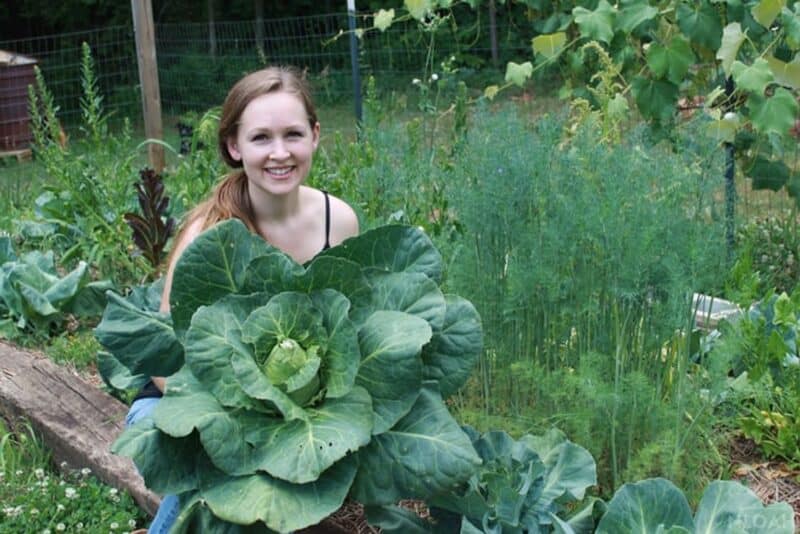
You might have hated it as a child, but you should definitely reconsider cabbage as an adult. This vegetable contains high levels of sulfur, which is beneficial in fighting inflammatory conditions. Consider growing both red and green varieties for the best results.
5. Chia Seeds
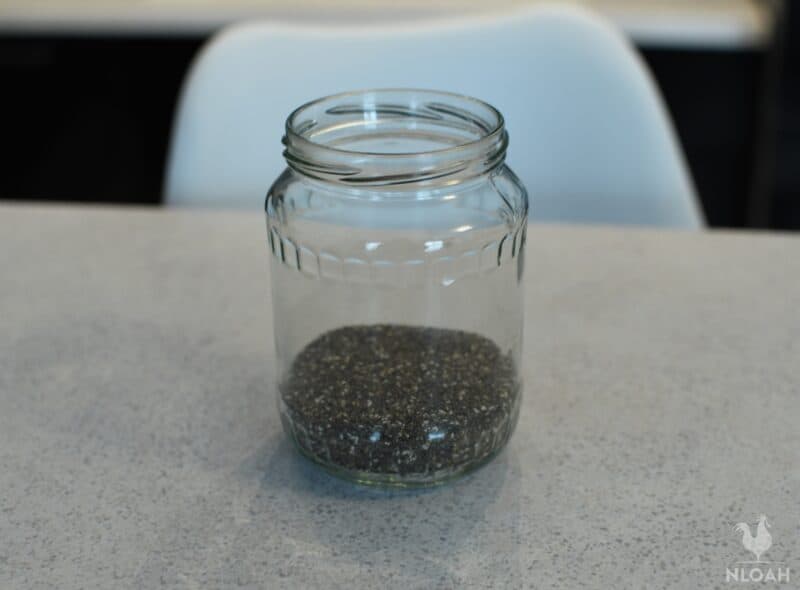
Chia seeds are filled with heart-healthy omega 3 fatty acids and can keep you full longer than practically any other food. They can help regulate your blood sugar and lower your cholesterol as well. Try growing chia seeds from a plant indoors for best results.
6. Spinach
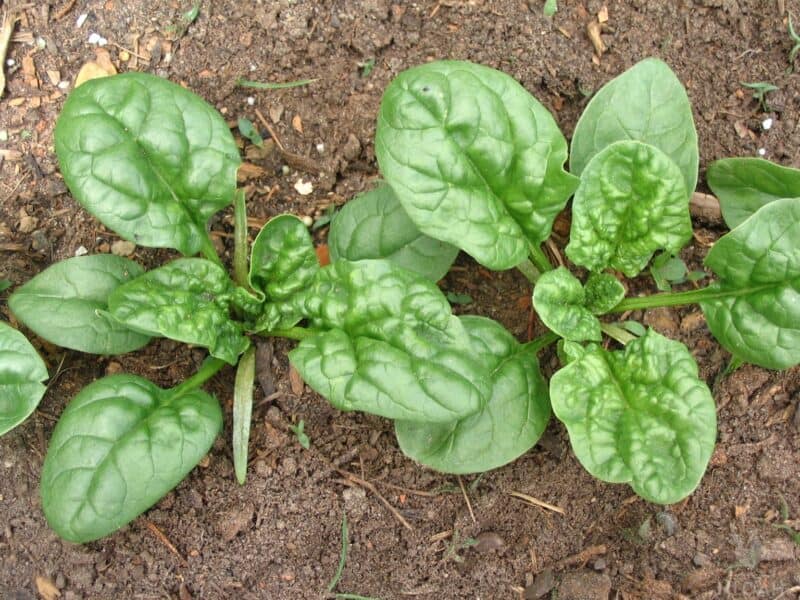
Spinach is easy to preserve and packed with nutrients, like vitamins A, K, D, and E. It can be frozen or canned, and can even be grown indoors in places with short growing seasons.
7. Carrots
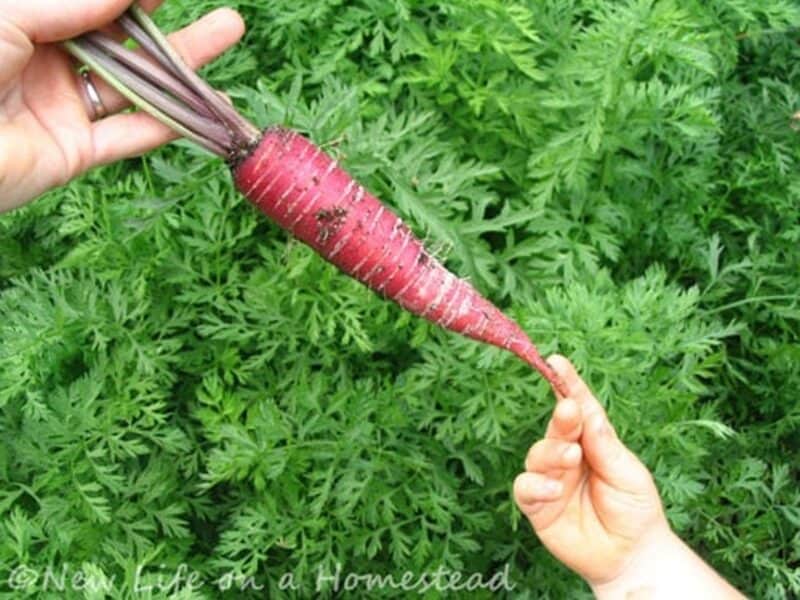
Carrots come in all sizes and colors, with each type high in carotene, a nutrient that fights the natural effects of aging.
Carrots are just as good for you when cooked, and can be canned, frozen, or dehydrated so that you can make the most out of your autumn harvest. Like kale, carrots are a cold-season crop that can be harvested long after the first frost.
8. Sprouts
Sprouts are so easy to grow, they can even be grown in a leftover mason jar. These plants don’t require cooking and offer hundreds of health benefits. Just about any plant can be sprouted, including radish, soybeans, peas, or broccoli, but most people grow alfalfa sprouts.
9. Quinoa
Bet you didn’t think this one would make the list! Quinoa is one of the most popular grains in the world, packed full of fiber. Although this grain is native to South America, you can easily grow it in your backyard.
You harvest the grain from the dehydrated seed pods. The most popular options is Brightest Brilliant Rainbow, which is ready for harvest in just 90 days.
Quinoa is high in protein and other crucial nutrients, such as quercetin. Many people never consider growing quinoa in their backyard gardens, but it’s easy to grow. It can be planted from seed in Zone 4 and warmer.
10. Sweet Potatoes
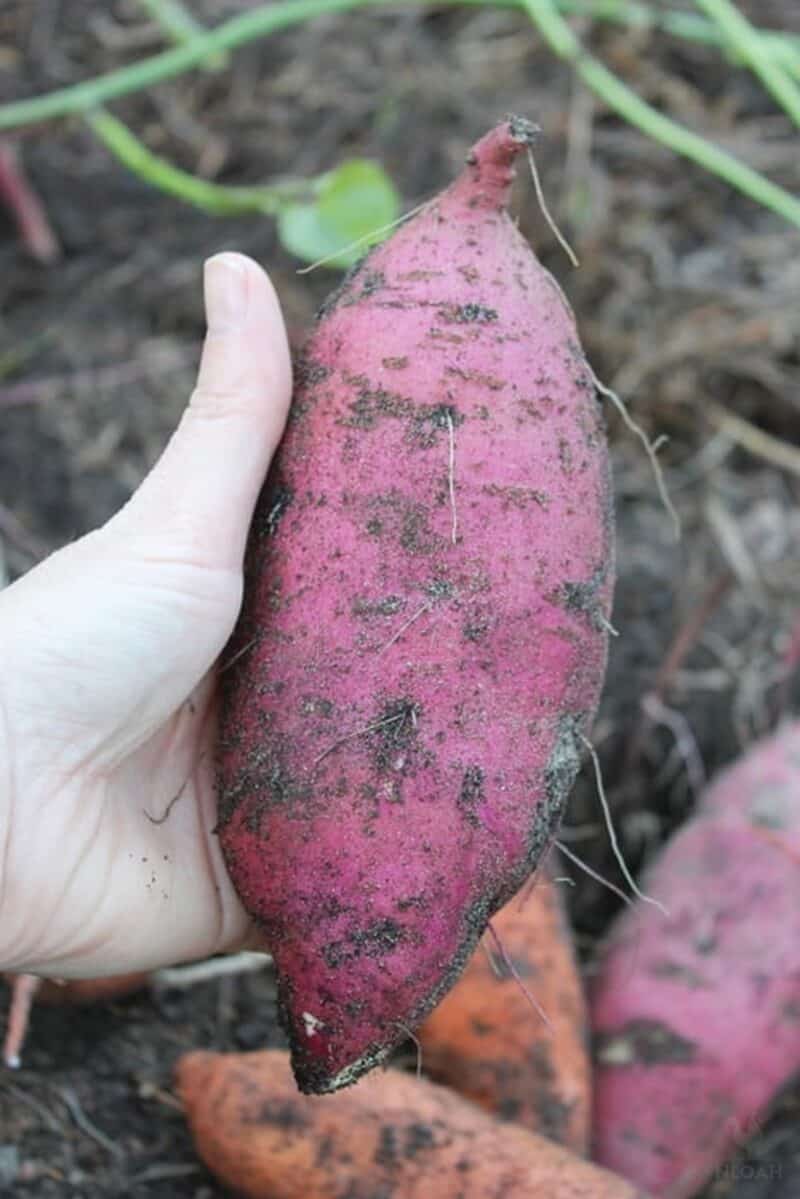
Sweet potatoes are one of the most delicious vegetables on this list and are packed with vitamins and minerals. These tubers are a top source of vitamin A as well as fiber and antioxidants. They can be grown in the garden, a container, or even on a trellis.
11. Tomatoes
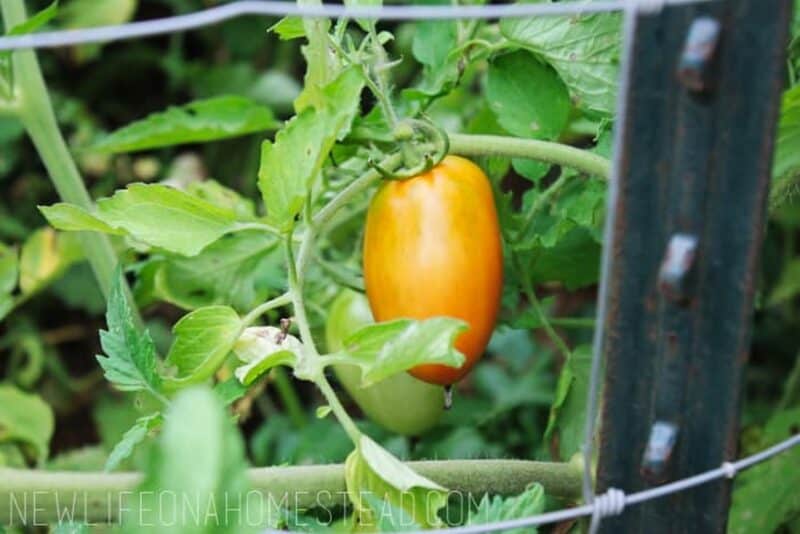
Tomatoes are one of the most popular vegetables to grow, because they are flavorful, nutritious, and easy to grow. There are hundreds of varieties of tomatoes you can plant. Pick them at their peak ripeness, when they are fully colored and firm. For best results and harvesting throughout the growing season, plant several types.
12. Broccoli
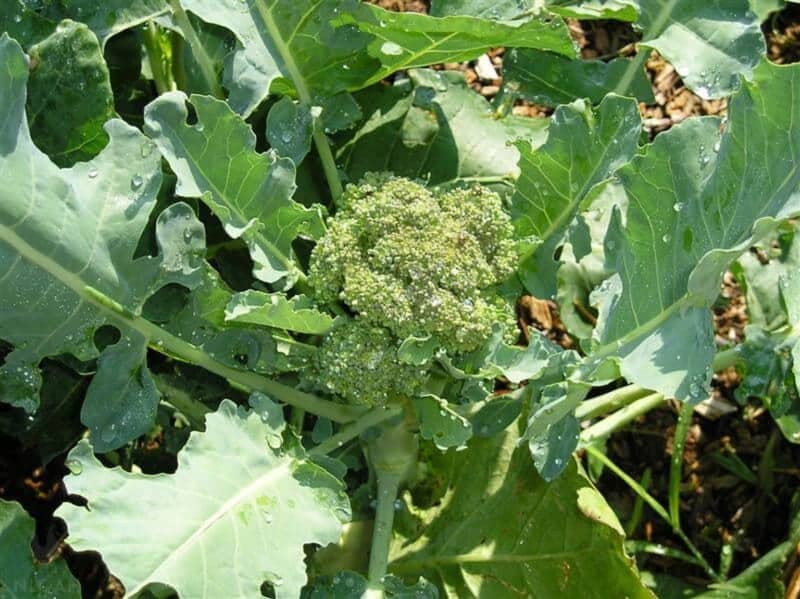
Broccoli is another cold-season crop that grows well in chillier climates. A member of the brassica family, it is high in sulfur and other crucial nutrients.
13. Oregano
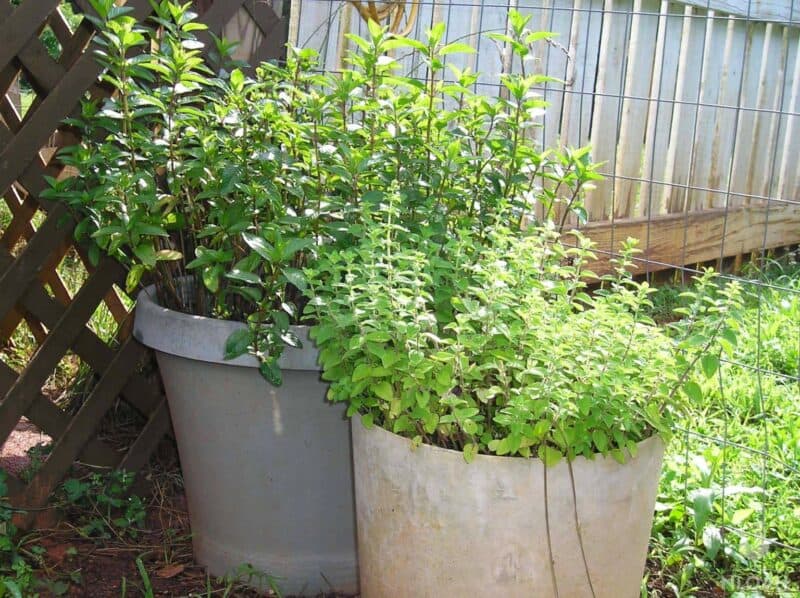
Oregano is one of the easiest spices to grow, as well as one of the healthiest. This plant is high in antioxidant and antibacterial properties, helping prevent a variety of illnesses. Many people even use oregano as an all-natural cleaning solution!
14. Zucchini
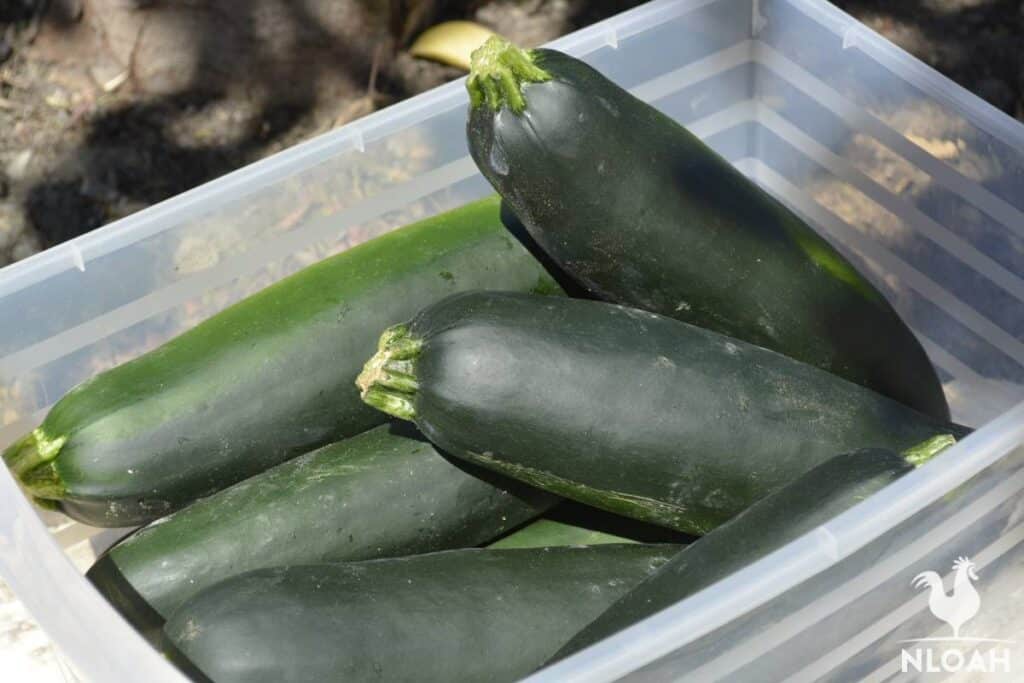
If you’ve ever started a backyard garden, you likely already know how easy it is to grow zucchini. Once they’ve reached maturity, zucchini plants can pump out hundreds of fruits in a season. Zucchini is high in antioxidants, as well as several key vitamins.
15. Sunflower Seeds
Sunflowers are a gorgeous addition to any backyard garden, helping to attract pollinators and even serving as free chicken feed once they’ve reached their prime. Sunflowers are incredibly hardy, and their seeds are filled with vitamins E and B1, as well as magnesium and copper.
16. Apples
Apples are filled with fiber, potassium, vitamin C, and other beneficial nutrients. These tasty fruits are linked to lower overall body weight and improved health, and while they can be grown just about anywhere (particularly in northern climates), they do take a few years to become established.
17. Blueberries and other Berries
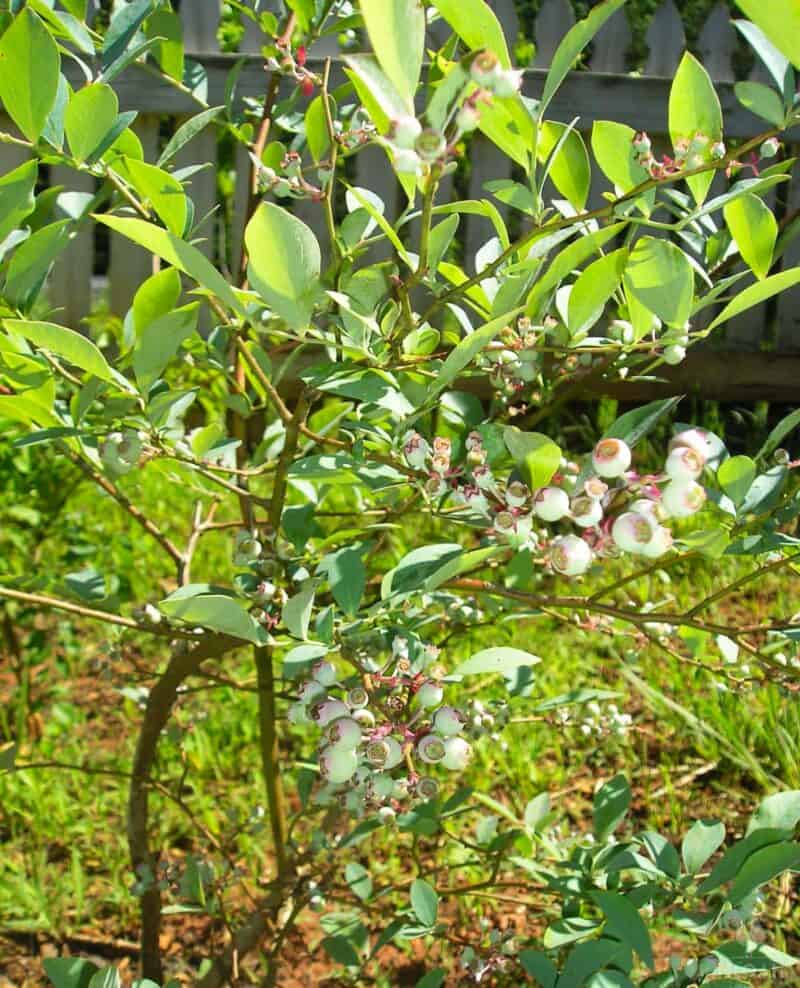
Berries aid both your mind and body, including dozens of antioxidants and other beneficial nutrients. Blueberries – as well as other healthy berries like raspberries and strawberries – grow like weeds in acidic soil, making them a go-to choice for many backyard farmers.
Strawberries are another good option to consider because they are packed full of ellagitannins, which are phytochemicals that can prevent the development of certain diseases.
Oh, and did you know that blackberries have more antioxidants than strawberries, blueberries, and cranberries alike?
18. Cauliflower
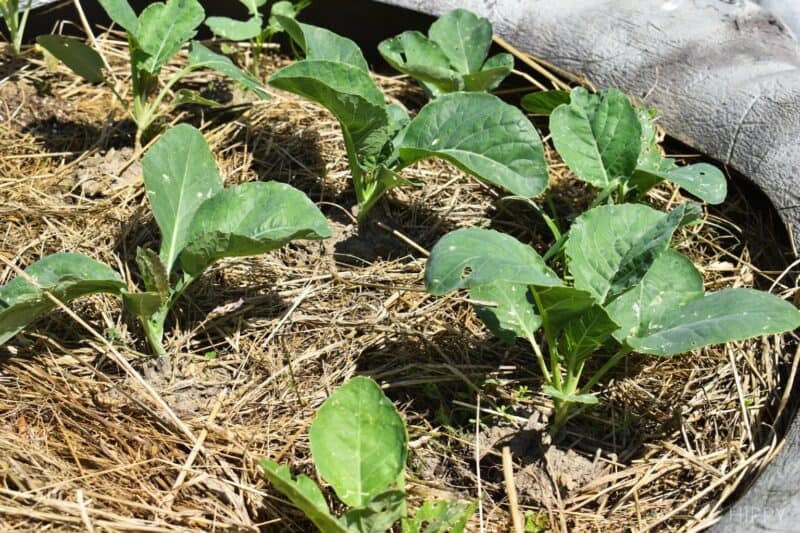
Cauliflower is incredibly high in fiber, as well as choline, a less common mineral that is crucial for healthy living. Cauliflower is a cold-season vegetable, growing easily in any soil throughout the cooler months of the year.
19. Beans
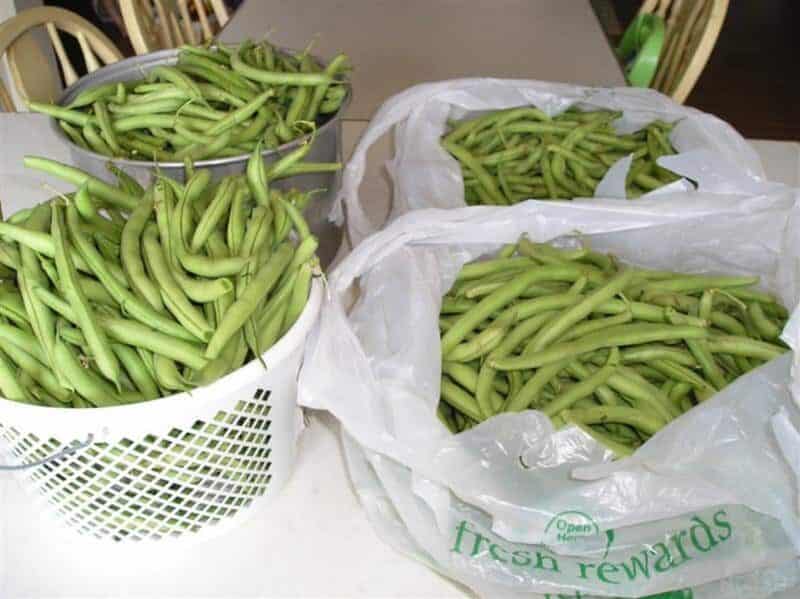
While there are hundreds of types of beans, including black beans, kidney beans, pinto beans, and others, green beans are arguably one of the easiest superfoods to grow in a backyard garden.
Available as either climbing or bush varieties, beans can be grown just about anywhere and are a great source of protein and other nutrients, such as folate.
20. Pumpkin Seeds
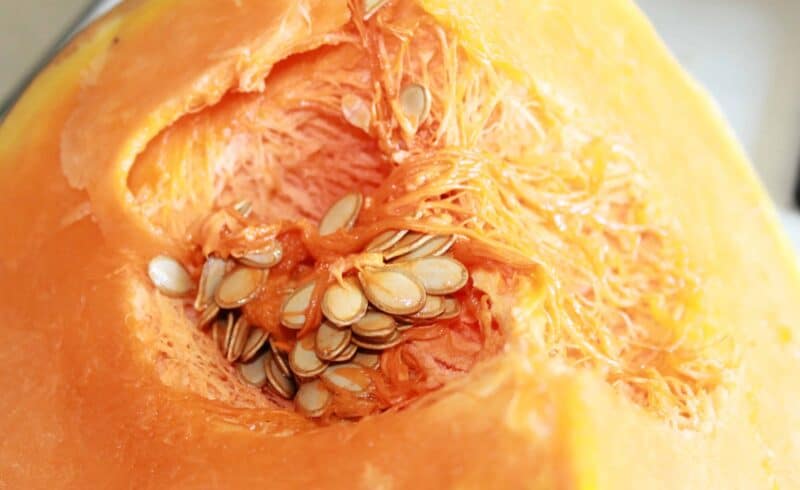
Obviously, you need to grow pumpkins in order to be able to harvest pumpkin seeds. While the whole fruit is good for you, pumpkin seeds in particular are packed with antioxidants and other valuable nutrients, like magnesium.
Grow a variety of pumpkins to enjoy pureed, sautéed, or roasted, or consider feeding the fruits to your livestock as an inexpensive option once you’ve harvested the seeds.
21. Microgreens
Microgreens are usually a combination of herbs and greens that you harvest within two weeks of planting. Because they grow much more quickly, you can harvest them sooner and engage in repeated harvests throughout the season.
These greens tend to have a higher concentration of minerals and vitamins – up to six times more, in fact! – than their full-grown counterparts. You can purchase a specific microgreens mix or you can just grow regular seeds of things like lettuce and basil and simply harvest them earlier.
A word of caution, though – these dry out easily and are best suited to being grown in containers, window boxes, and other areas where they will be protected from the sun and the wind.
22. Beets
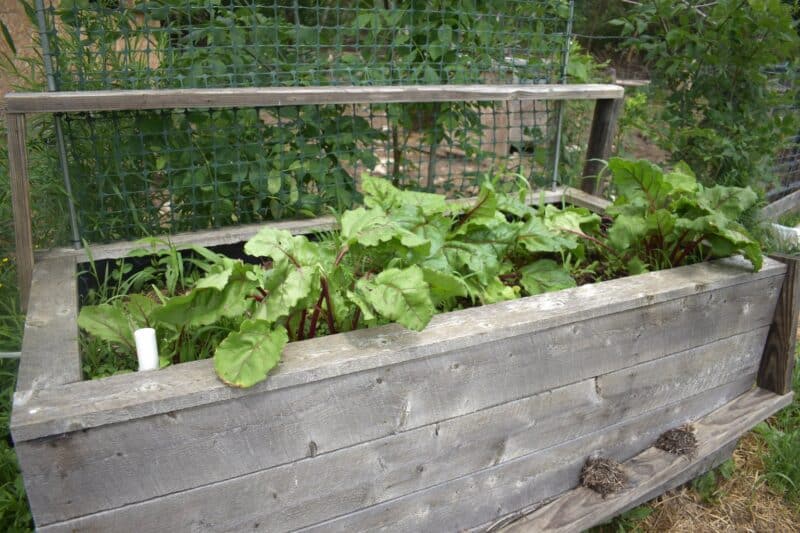
Beets have a ton of healthy benefits and are easy to grow, too. These plants are relatively high in sugar, but if you eat them several times a week they can help lower your blood pressure, increase your athletic endurance, and fight off inflammation. Beet greens also contain plenty of phosphorus, fiber, zinc, protein, and B vitamins, too.
Beets grow best in cooler temperatures, so you may want to plant for a spring crop as well as one in the fall.
23. Peppermint
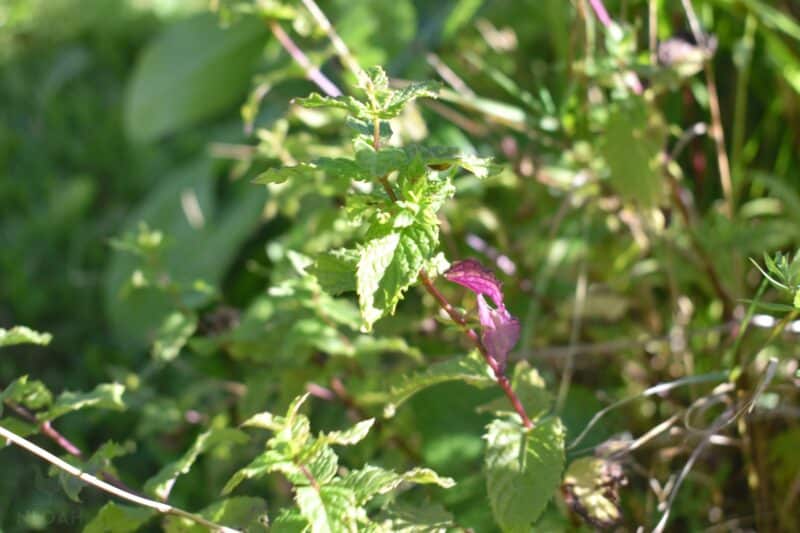
All mint is good for you, but peppermint in particular is high in chlorophyll and can help your endocrine system function at full capacity. It is best grown in zones 3 and higher, but be careful! Mint is practically invasive in how quickly it spreads. You might want to grow it in a container to prevent it from overtaking the rest of your garden.
24. Parsley
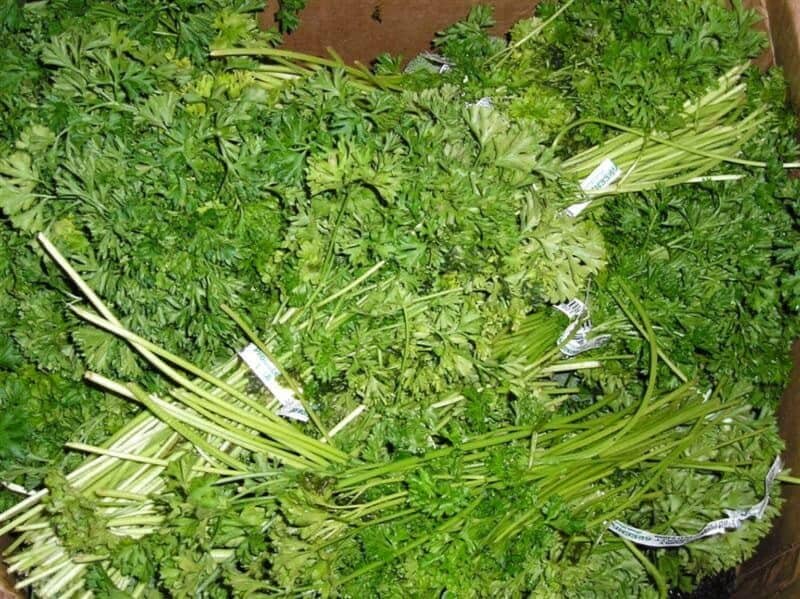
Parsley is another beneficial herb. It’s not just a garnish – it makes a tasty addition to a tea, salad, or main dish. Packed full of vitamins K, A, C, and B12, this superfood can help form strong bones and heal your nervous system. It grows best in zones 3 through 9, but in colder areas may just be grown as an annual.
25. Brussels Sprouts
Brussels sprouts contain lots of sulforaphane. They’re also packed full of vitamin C. They’re easy to grow and take about 90 days to produce sprouts – plant in early spring before the summer gets too hot.
You will need to space them at least 24 inches apart because they can get quite big! If you live in a cool environment, brussels sprouts are a good choice because they like minimal heat.
26. Goji Berry
The goji berry has a long history as one of the most powerful Chinese medicines. Chock full of vitamins C and E, along with ingredients like beta-carotene and lycopene, the goji berry is best consumed dried and has a delicious sweet and sour flavor.
You can grow multiple kinds of goji berries on your property – some of the most popular options include Big Lifeberry and Sweet Lifeberry. These berries grow much like other vine crops and strengthen as the canes age.
Goji berries are best grown in zones 5-9 but can also be grown in a container as long as you provide them with a trellis or fence to climb up.
27. Lingonberries
Have you heard of lingonberries yet? No? You need to give them a try. One of the newest cultivars that has been hailed as a superfood, this berry is extremely tart – therefore, it’s best consumed as a jam or jelly. These berries are loaded with antioxidants and other nutrients and grow well in acidic soil. Most varieties are hardy to zone 3.
28. Peas
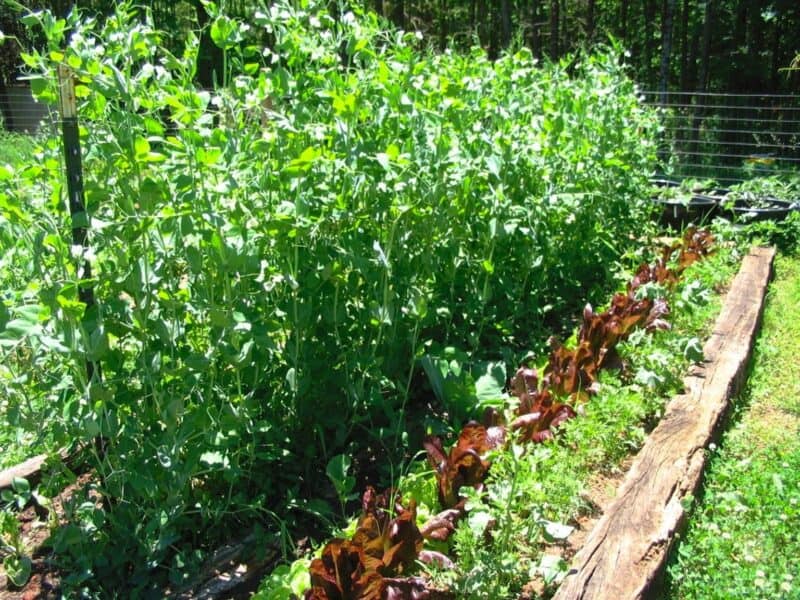
If you ever complained that your mom used to make you eat your peas, you can stop complaining now. Although they are small, peas are packed with nutrients.
Considered a vegetable as well as a protein, these vegetables are so nutritionally dense that most experts making them part of your daily diet. Plus, they’re incredibly easy to go – water sparingly and you can harvest all season long.
29. Purslane
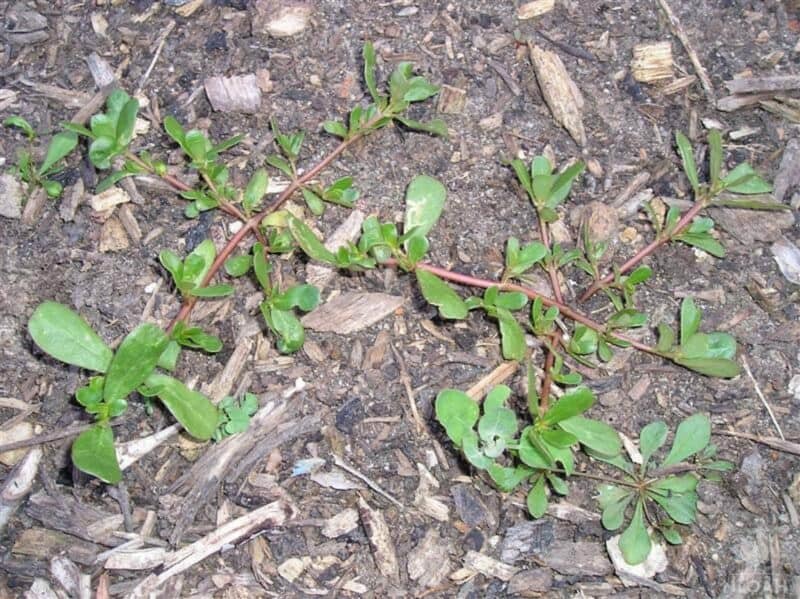
Purslane is considered a weed by many gardeners, but if you’re a homesteader, you’re probably already familiar with all the wonderful uses of this tasty “weed”.
A leafy green, this plant contains more cholesterol-lowering omega 3 fatty acids than any other leafy green. It also has tons of vitamins A and C. You can often find purslane growing wild, but you can also plant it for a continual harvest. For the best results, cut the leaves and plant them – it will sprout wherever the leaves are.
30. Radishes
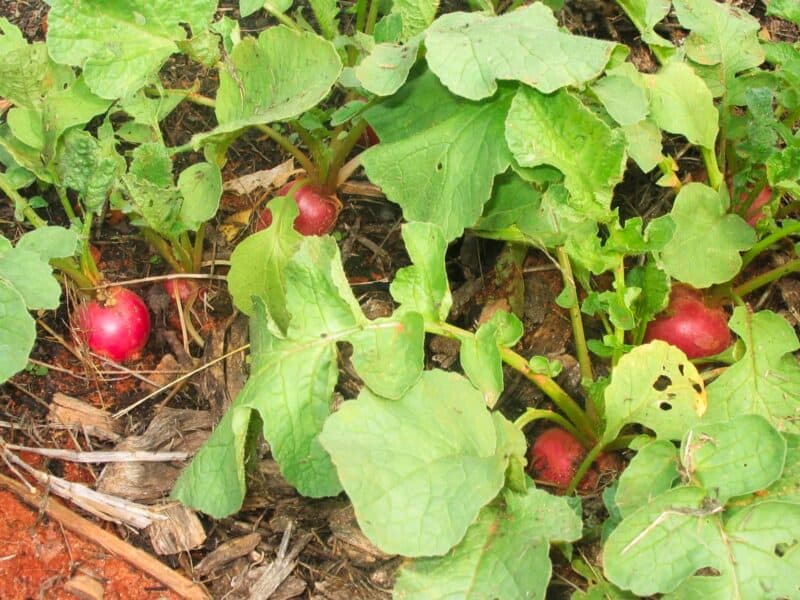
Who doesn’t love a crisp spring radish? These plants are high in vitamin C and also have tons of antioxidants. One of the most alkaline vegetables, radishes are prized because they can promote your health with their alkalinity.
You should sow radishes directly in your garden – they’ll be ready to eat in just 30 days so you can plant in succession for a season-long crop. These cool-weather vegetables taste best when grown just before a frost, but they like full sun and well-drained soil.
31. Arugula
Arugula is another leafy green that you should go nuts over. This plant contains high amounts of vitamins B, C, A, and K, and also contains lots of iron, copper, phytonutrients, fiber, and chlorophyll.
When it comes to planting arugula, you have a couple of options. You can either start from seed or with a small arugula plant. Arugula grows from seed in less than 45 days, making it a fast-maturing crop – you can also grow it in a container if you so choose.
32. Aloe Vera
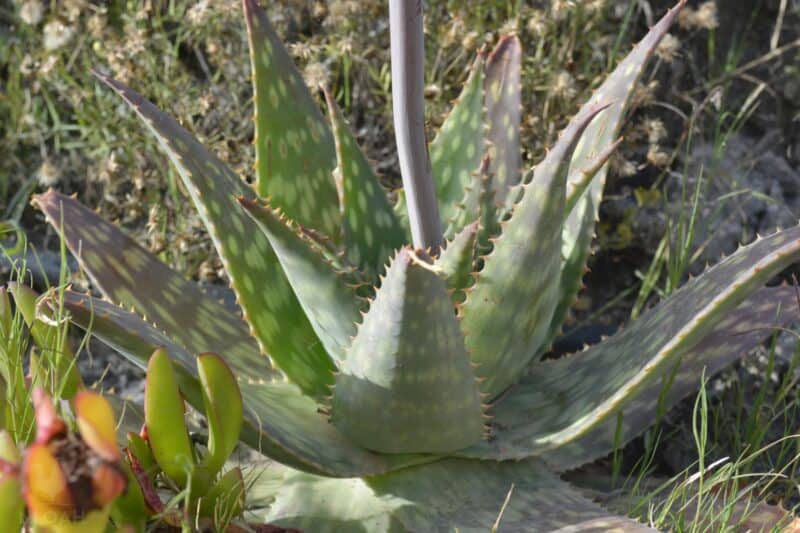
Many people don’t consider aloe vera food, instead relying on it only when that dreaded sunburn appears! However, when taken internally, aloe vera packs a serious nutritional punch. It’s also high in vitamins A, E, and C.
This is a plant that might be easiest grown indoors, in a container, if you live in a seasonal climate. However, if you live in a warm area, you might try planting aloe vera just as you would any other succulent.
33. Figs
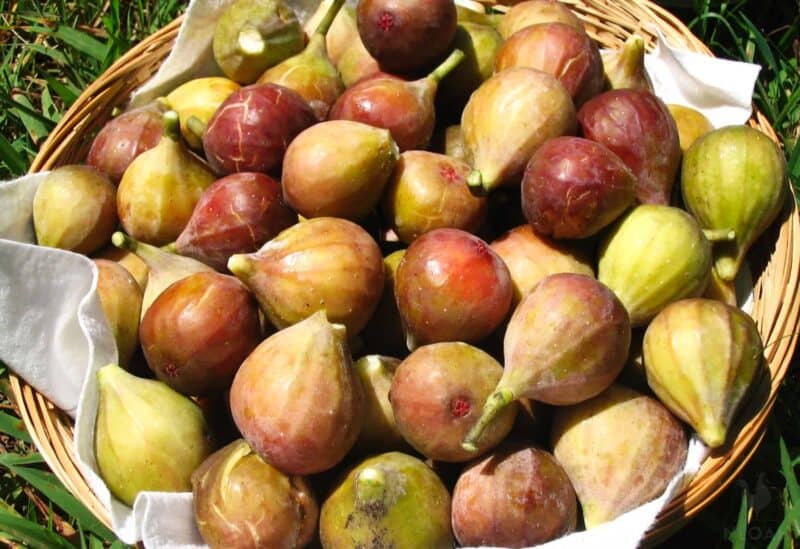
Figs are tough to find fresh in the store, but they’re a great source of superfood nutrition. You can dry or can them, and while they won’t be quite as nutrient-dense in this form, they’ll still pack a punch. Although figs are best-suited to being grown in warm weather, you can also find cold-hardy varieties that will survive into zone 5.
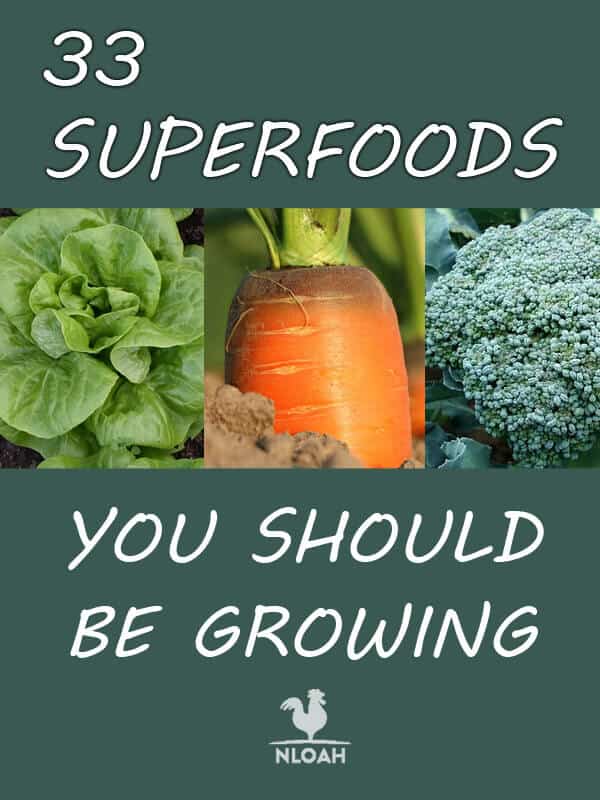
I’ve taken over this blog from Kendra Lynne around 2018, and turned it into one of the best an most comprehensive homesteading website out there. I was raised partly in the countryside living a very frugal life ever since I can remember.

Be careful with oregano – it is invasive! It took over the mint in a backyard bed in my yard, crept around a granite stepping stone, and started taking over a flower bed. Unless you have plenty of room to let it run, and no other plants that it could overrun, grow oregano and mint in pots. Preferably on a concrete or other surface where they can’t take root and take off.
Please add a printable list so we can keep it Charlie
Charlie, just highlight, copy and paste to Word. Works all the time. Occasionally a picture comes over, but on this particular page, although it gets highlighted, the picture does not paste.
Great article! I loooove zuchinni. Anyone interested in this stuff should definitely check out the book Everyday Roots. It teaches you how to replace all the toxic chemicals in your life with healthy organic alternatives. Its completely changed my life and how I feel everyday! 🙂
Heres a great review of everday roots: http://reggiesreview.weebly.com/everyday-roots-review.html
Keep up the great content!